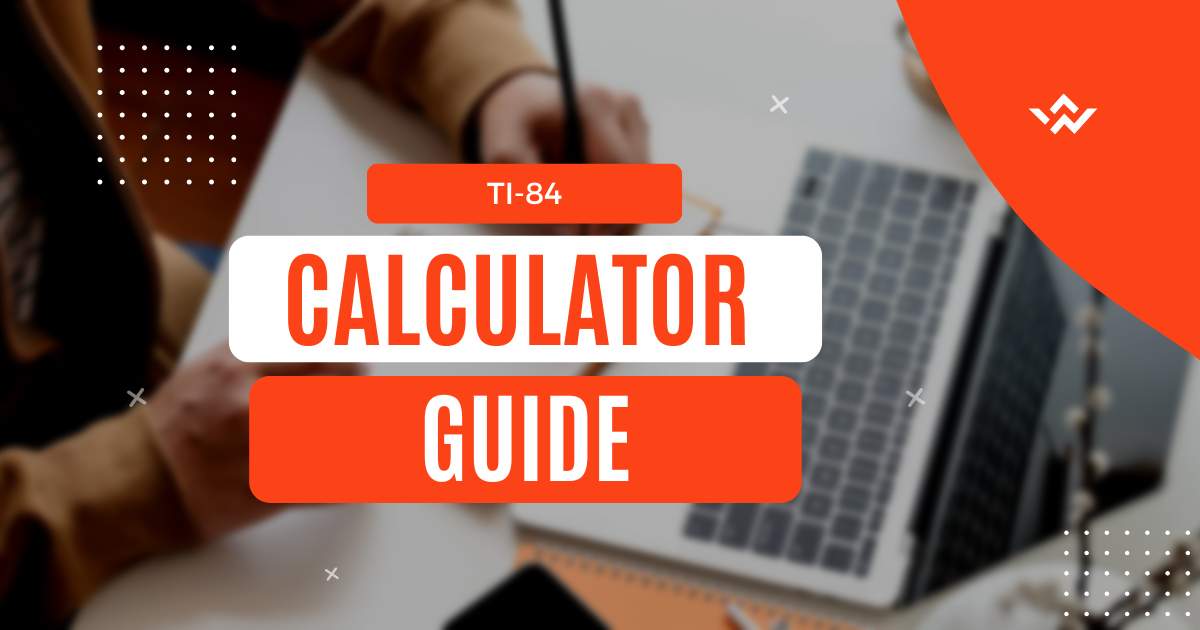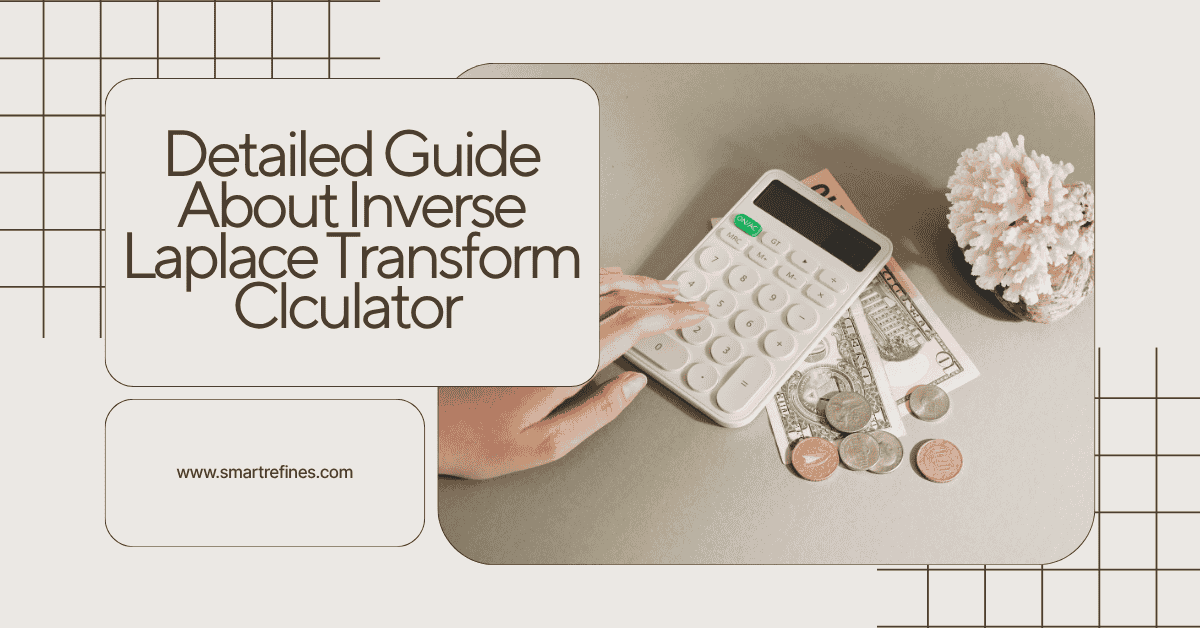For decades, the Texas Instruments TI-84 Plus CE graphing calculator has been a cornerstone of math education, trusted in classrooms from algebra to AP Calculus. But what if you could access that same power without carrying around a physical device? Welcome to the world of online calculator simulators. This guide is your comprehensive handbook to mastering an Online TI 84 Calculator, specifically the advanced tool available at SmartRefines.com. We’ll break down everything from basic arithmetic to complex graphing, transforming you from a beginner to a proficient user.
Getting Started with Your Virtual TI-84 Plus CE
Diving into a digital replica can be intimidating, but the online simulator is designed to be intuitive and, in many ways, even more accessible than its physical counterpart.
Why an Online TI-84 Simulator is a Game-Changer for Students
The traditional TI-84 is powerful, but it comes with limitations: cost, availability, and the hassle of forgetting it at home. An online TI-84 Plus CE simulator shatters these barriers.
-
Accessibility: Your calculator is now anywhere you have an internet connection—on your laptop, tablet, or even your phone. Study sessions at the library, group projects, or last-minute homework help become seamless.
-
Cost-Effectiveness: A physical graphing calculator is a significant investment. An online version provides all the same functions for free, removing a major financial barrier for students and parents.
-
Visual Clarity: The digital screen is often larger, brighter, and clearer than the physical device’s LCD, making it easier to read complex equations and detailed graphs.
-
Practice and Preparation: For students who will use a physical TI-84 on exams, the online simulator is the perfect practice tool. You can familiarize yourself with the menus and keypad layout without needing the physical device in hand.
Interface Overview: Menus, Modes, and Keypad Layout
When you first open the online TI 84 Calculator, you’ll see a faithful recreation of the classic device.
-
The Keypad: The layout is identical. On the left, you’ll find the number pad and basic arithmetic keys (+, -, *, /). The top row contains critical function keys like
Y=for graphing,WINDOWto adjust the viewing window, andZOOMto quickly scale your graph. The right side houses the graphing and navigation buttons. -
The Modes Menu (MODE Key): This is the brain of your operation. Press the
MODEkey on your virtual keypad. Here, you can set:-
Calculation Mode: Whether you’re working in
Normal(basic math),Sci(Scientific notation), orEng(Engineering notation). -
Angle Unit: Crucial for trigonometry. Choose between
RadianandDegree. (Pro Tip: Calculus almost always uses Radians!). -
Graphing Type:
Function(y=),Parametric,Polar, orSequence.
-
-
The Main Menus: Above the keypad, you’ll see labels like
Y=,STAT, andMATH. These correspond to the blue2ndand greenALPHAfunctions on the physical keys. Clicking2ndon the simulator will change the key functions to access these powerful menus.
Essential Settings: Adjusting MathPrint™ Mode, Angles, and Number Format
Before you start calculating, let’s set up your calculator for success. These settings prevent common errors and ensure your answers are formatted correctly.
-
MathPrint™ Mode: This is a must-use feature. It allows your online algebra calculator to display expressions and answers exactly as you’d see them in a textbook—with proper fractions, exponents, and square root symbols. To enable it, press
MODE. Scroll down to the second page of options. EnsureMathPrintis highlighted and selected. This makes your work much easier to read and verify. -
Angle Unit: Remember to set this before any trigonometry work. Are you working with degrees (e.g., sin(30°)) or radians (e.g., sin(π/6))? Press
MODEand move the cursor to eitherRadianorDegreeand pressENTER. -
Float vs. Fixed Decimal: In the
MODEmenu, you can also control how your answers are displayed.Floatlets the calculator display as many decimal places as it needs.Fix 2, for example, would always round answers to two decimal places, which is useful for financial calculations.
Mastering Foundational Operations
With your calculator configured, let’s master the core functions that you’ll use in nearly every math class.
Basic Arithmetic and Order of Operations (PEMDAS) on Your Algebra Calculator
Your online math tool follows the standard order of operations (PEMDAS/BODMAS): Parentheses, Exponents, Multiplication/Division, Addition/Subtraction.
Example: Calculate 2 + 3 * 4²
The correct answer is 2 + (3 * 16) = 2 + 48 = 50, not (2+3)*16 = 80.
On your calculator, you would input:
2 + 3 * 4 ^ 2 ENTER
The calculator automatically handles the order: it squares 4 first (exponent), then multiplies by 3, then adds 2. You’ll see the correct answer: 50. Always use parentheses ( ) to explicitly group operations if you’re ever unsure.
Working with Fractions, Decimals, and Percents with Precision
The TI-84 is brilliant at converting between forms, which is vital for checking your work.
-
Entering Fractions: Simply use the fraction key (located above the
∆key). For¾, press3 ◄ ► 4. -
Converting to Decimal: After entering a fraction, press
ENTER. The calculator will display the decimal equivalent (0.75). To convert back, pressMATH ENTER ENTER. -
Working with Percents: To find 15% of 200, you can calculate
0.15 * 200. Alternatively, you can use the percentage key within theMATHmenu if available in your simulator.
Using the “ANS” and “ENTRY” Features for Efficient Calculations
These two features are huge time-savers.
-
ANS (Answer Key
2nd (-)): This key recalls the last calculated answer. For example, calculate10 * 10 ENTER(result: 100). Now, if you want to add 5 to that result, simply press+ 5 ENTER. The calculator reads it as100 + 5. -
ENTRY (2nd ENTER): This feature cycles through your previous inputs. If you made a small mistake in a long calculation, press
2nd ENTERto bring it back, use the arrow keys to edit it, and pressENTERagain.
Storing and Recalling Variables for Complex Problem-Solving
For multi-step problems, storing values as variables is essential. Use the STO→ key.
Example: Solve the Pythagorean Theorem for a triangle with legs a=3, b=4.
The formula is c = √(a² + b²)
-
Store 3 in variable A:
3 STO→ ALPHA MATH (A) ENTER -
Store 4 in variable B:
4 STO→ ALPHA APPS (B) ENTER -
Calculate the hypotenuse:
√( ALPHA A x² + ALPHA B x² ) ENTER -
Your graphing calculator will display the answer:
5.
This is incredibly useful in statistics when working with large data sets or in formulas with multiple constants.
Practical Applications and Next Steps
Let’s move beyond theory and apply your new skills to a real-world scenario.
Step-by-Step Walkthrough: Calculating a Semester GPA
Let’s use our GPA calculator skills. Imagine these grades for a semester:
-
Math (4 credits): A- (3.7 grade points)
-
English (3 credits): B+ (3.3 grade points)
-
Science (3 credits): A (4.0 grade points)
GPA is calculated as (Total Grade Points) / (Total Credits).
-
Calculate Total Grade Points:
-
Math:
4 * 3.7 = 14.8. Store this in variable M:4 * 3.7 STO→ ALPHA M ENTER -
English:
3 * 3.3 = 9.9. Store this in variable E:3 * 3.3 STO→ ALPHA E ENTER -
Science:
3 * 4.0 = 12.0. Store this in variable S:3 * 4 STO→ ALPHA S ENTER
-
-
Sum the Total Points:
ALPHA M + ALPHA E + ALPHA S ENTER. The result is36.7. -
Sum the Total Credits:
4 + 3 + 3 ENTER. The result is10. -
Calculate GPA:
ANS / 10 ENTER. The final GPA is3.67.
You can perform this entire calculation in a single, more advanced step using lists and the statistics functions of your statistics calculator, but this variable method is perfect for beginners.
Common Beginner Mistakes and How to Avoid Them
-
Incorrect Angle Mode: Forgetting to switch between radians and degrees is the #1 error in trigonometry. Always check your
MODEsetting before evaluating sin, cos, or tan. -
Implied Multiplication: The calculator understands
2 * (3+4)but may misinterpret2(3+4). It’s safer to always use the*key for multiplication. -
Negative vs. Minus: Use the dedicated negative key
(-)for negative numbers (e.g.,(-)5). Using the minus sign-for this can cause syntax errors. -
Closing Parentheses: For every opening parenthesis
(, there must be a closing one). The simulator will often help by graying out completed pairs.
Practice Exercises to Build Proficiency with Your New Online Math Tool
Ready to test your skills? Try these exercises on your Online TI 84 Calculator.
-
Order of Operations: Calculate
(6 + 3²) / (2 * 4 - 1) -
Fractions: Add
¹/₄ + ²/₃and convert the result to a decimal. -
Variables: The area of a circle is
πr². Store a radius of 5.5 as variable R and calculate the area. (Use theπkey on the calculator). -
Trigonometry (Degree Mode): Find the value of
cos(45°). -
Trigonometry (Radian Mode): Find the value of
sin(π/3).
Mastering the Online TI 84 Calculator opens up a world of mathematical possibility. It’s more than just a digital replica; it’s a powerful, accessible, and versatile online math tool that supports learning at every level. By familiarizing yourself with its interface, settings, and core functions, you build a foundation that will serve you well in every math class to come. So, start experimenting, practice regularly, and watch your confidence and skills grow.



